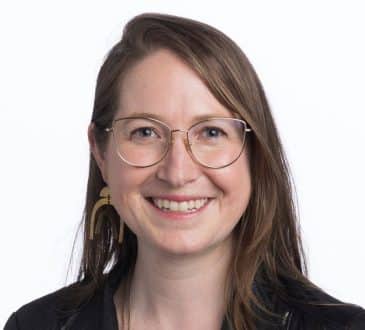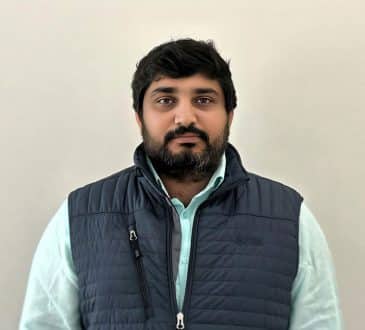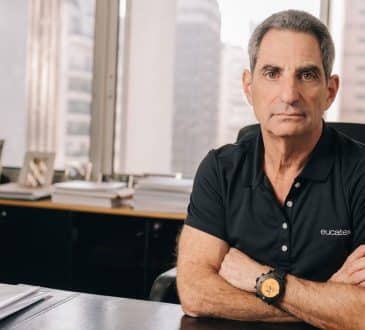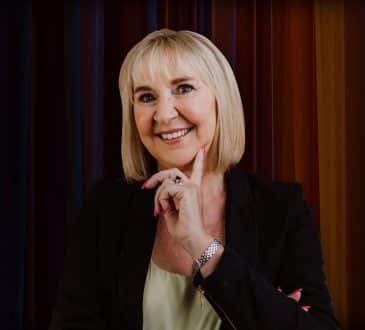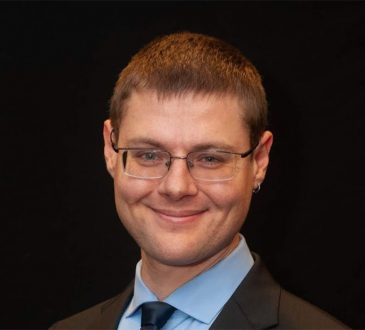AI as a shield against drug abuse: Leveraging social media with the Hybrid GAT-BiGRU model by Venkata Turlapati
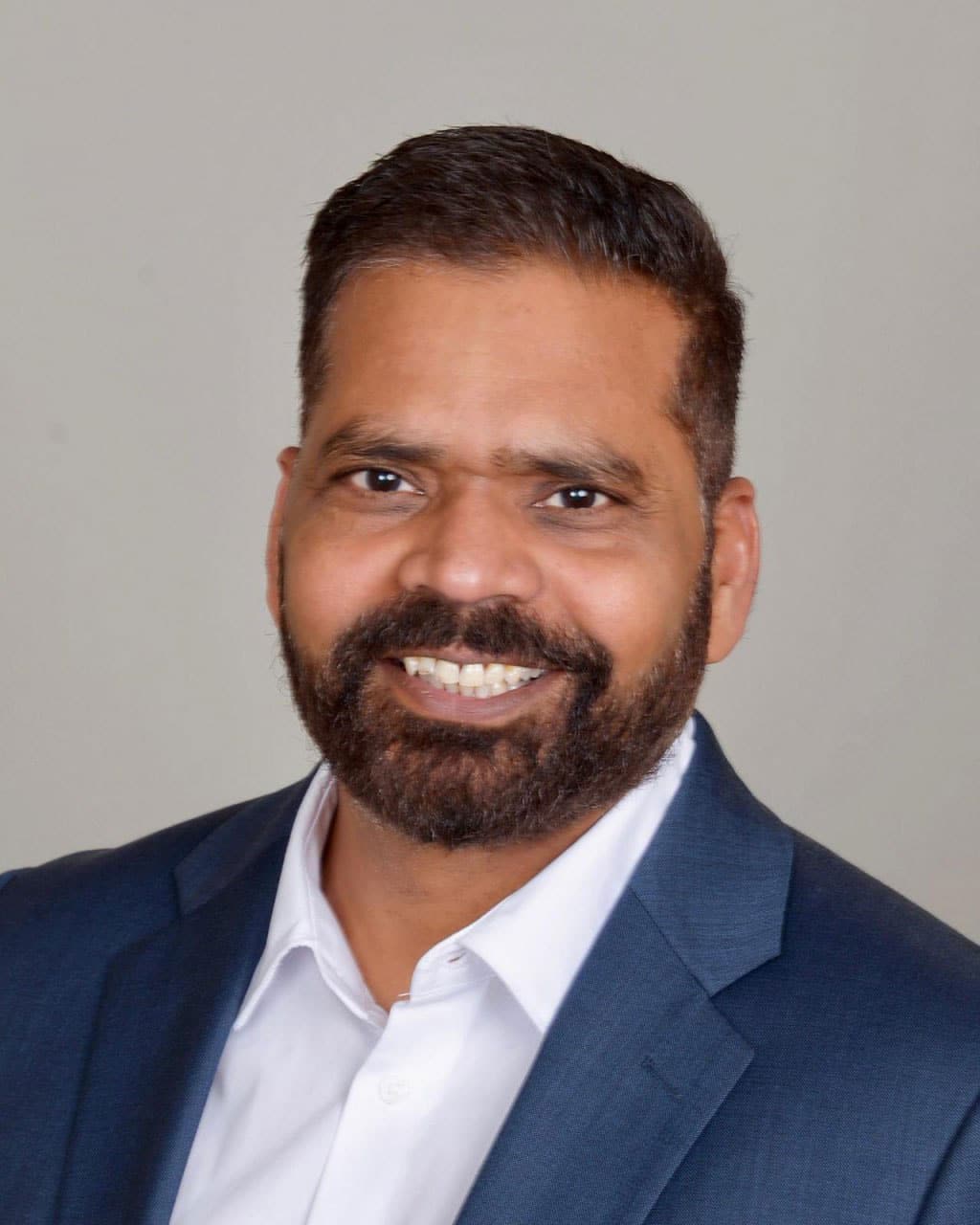
As social media platforms continue to grow, so do concerns about the spread of harmful content. A 2023 Pew Research study found that 59% of social media users have encountered harmful or misleading content online, prompting governments, companies, and researchers to explore innovative ways to address this pressing issue. AI-driven content monitoring has emerged as a leading solution, with models capable of identifying and mitigating risks such as misinformation, substance abuse promotion, and cyberbullying. Yet, developing these systems to detect nuanced or covert content accurately remains a challenge for many.
This is where one recent research comes into play. Made by Venkata Ramaiah Turlapati, it was presented at the ICHAT 2024 conference in Ongole, India, also introducing a Hybrid GAT-BiGRU Model for detecting substance use-related posts on social media. “Social media plays a critical role in shaping public opinion, but it also poses risks,” Venkata explains. “Our AI model is designed to not only identify harmful content but to do so with high accuracy, even when the content is subtle or context-dependent.”
Venkata’s model leverages graph attention networks (GAT) combined with bidirectional gated recurrent units (BiGRU) to analyze both textual and contextual data in social media posts. This hybrid approach enables the detection of substance-related content with a level of precision that traditional models often lack. “What sets our model apart is its ability to understand the relationships between words, phrases, and their broader context,” he notes. “This capability is critical when dealing with subtle or coded language used in harmful content.”
The significance of this research was further underscored by its recognition at ICHAT 2024, where papers underwent a rigorous peer-review process based on originality, real-world applicability, and potential societal impact. At this prestigious conference, Turlapati not only presented his own research but also contributed as a key expert in discussions on AI ethics, content moderation, and real-time data analysis. His work played an essential role in shaping the dialogue around AI-driven content monitoring, ensuring that innovations in this field address both technical challenges and ethical considerations.
The importance of this work becomes even more evident when considering the scale of the problem. According to the World Health Organization, substance abuse remains a significant public health issue, with social media often serving as a platform for its promotion. By identifying and flagging such content, Venkata’s model contributes to efforts to reduce exposure and prevent harm, particularly among vulnerable populations such as teenagers and young adults.
His research also stands out for its practical applicability. Unlike many academic models that remain theoretical, Venkata’s Hybrid GAT-BiGRU Model has been designed with real-world implementation in mind. It can be integrated into existing content monitoring systems used by social media platforms, enhancing their ability to detect harmful content without significant resource investment.
“AI models are only as effective as their application,” Venkata says. “Our goal was to create a tool that could be deployed at scale, addressing a critical need while being adaptable to evolving threats.”
Beyond the technical innovation, Venkata’s work raises important questions about the ethics and governance of AI in content moderation. While his model enhances detection capabilities, he emphasizes the need for transparency and accountability in how these systems are used. “AI should be a tool for empowerment, not surveillance,” he asserts. “We must ensure that these technologies are used responsibly and with respect for user privacy.”
Looking ahead, Venkata envisions a future where AI plays an even more integral role in creating safer online spaces. He sees potential for expanding the scope of detection models to include other forms of harmful content, such as hate speech and misinformation, while collaborating with platforms to refine implementation strategies. “The possibilities are vast, but we must always prioritize ethical considerations,” he adds.
Through his pioneering research and commitment to responsible innovation, Venkata Ramaiah Turlapati has demonstrated how AI can address some of the most pressing challenges in the digital age. His Hybrid GAT-BiGRU Model is not just a technological breakthrough — it’s a step toward making social media a safer and more constructive space for everyone.
Have you read?
Countries with the most gold reserves.
World’s Best Public Relations Agencies (Top PR Firms).
Countries with the highest human freedom.
World’s Safest & Most Dangerous Countries For Travelers.
Longest and Shortest Life Expectancies in the World.
World’s Most And Least Stressed Countries.
Bring the best of the CEOWORLD magazine's global journalism to audiences in the United States and around the world. - Add CEOWORLD magazine to your Google News feed.
Follow CEOWORLD magazine headlines on: Google News, LinkedIn, Twitter, and Facebook.
Copyright 2025 The CEOWORLD magazine. All rights reserved. This material (and any extract from it) must not be copied, redistributed or placed on any website, without CEOWORLD magazine' prior written consent. For media queries, please contact: info@ceoworld.biz




